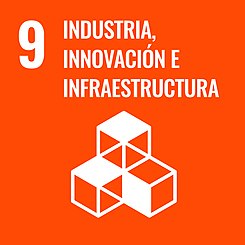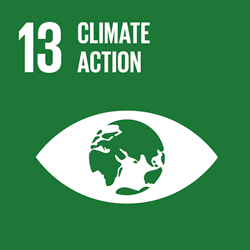Technological watch
Valorization of Agro-Wastes as Fillers in PLA-Based Biocomposites for Increasing Sustainability in Fused Deposition Modeling Additive Manufacturing
The use of wheat middlings (WM) and rice husks (RH) as biofillers for mixing with poly(lactic acid) (PLA) matrix to produce new 3D-printable biocomposites was assessed. Filaments containing 10 and 20 wt.% agro-waste-derived biofillers were manufactured and, for the sake of comparison, filaments of neat PLA were also produced. The obtained filaments were characterized via thermogravimetric analysis (TGA) and differential scanning calorimetry (DSC), showing potential for further application in additive manufacturing processing. Three-dimensionally printed specimens were thus produced and characterized via: DSC, also evaluating the specific heat capacity (CP) of specific 3D-printed specimens; dynamic mechanical analysis (DMA), also applied for determining the coefficient of linear thermal expansion (CLTE) measured on 3D-printed specimens in two different directions (X and Y); and tensile tests. The latter testing campaign was carried out along three printing directions (X, Y, and Z axes) to test the intrinsic biocomposite features (X-printed samples) as well as interbead and interlayer adhesion (Y- and Z-printed specimens, respectively). All samples demonstrated acceptable properties. The inclusion of a cost-free natural material leads to a strong reduction of the whole material cost. Implementing this new class of composite material to an additive manufacturing technique can significantly reduce the environmental impact of 3D-printed products.
Publication date: 20/03/2024
Author: Niccolò Giani
Reference: doi: 10.3390/ma17061421







